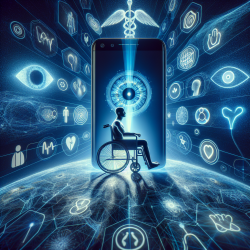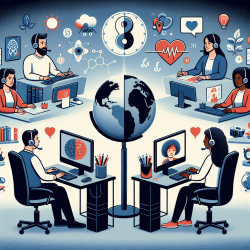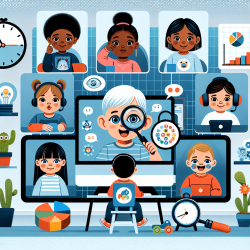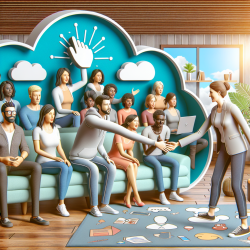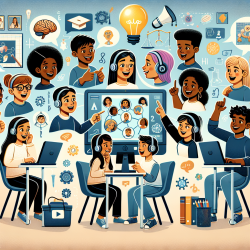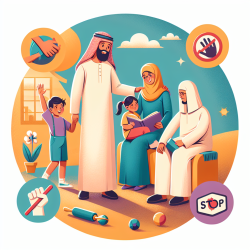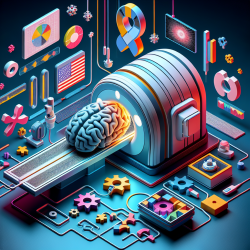Introduction
In the realm of speech-language pathology and neurological care, the integration of technology has the potential to significantly enhance patient outcomes. The recent study titled "Self-Recording of Eye Movements in Amyotrophic Lateral Sclerosis Patients Using a Smartphone Eye-Tracking App" presents compelling evidence on the feasibility and benefits of using smartphone technology for ALS patients. This blog aims to explore the implications of this research for practitioners and encourage further exploration into data-driven methodologies for improving patient care.
Understanding the Study
The study evaluated the feasibility of ALS patients self-recording their eye movements using the "EyePhone," a smartphone eye-tracking application. Participants were provided with an iPhone equipped with the EyePhone app and instructions to record their eye movements independently. The results were promising, with all participants successfully completing the self-recording process and expressing a preference for the EyePhone over traditional video-oculography (VOG) goggles.
Key Findings
- All participants found the EyePhone easy and comfortable to use.
- 70% preferred self-recording over being recorded by VOG goggles.
- Self-recorded data showed comparable accuracy to clinical VOG recordings.
Implications for Practitioners
For practitioners, these findings underscore the potential of smartphone technology in monitoring ALS progression. By enabling patients to self-record eye movements, practitioners can reduce the need for frequent clinic visits, thereby alleviating the burden on patients and caregivers. This approach aligns with the growing trend towards telehealth and remote patient monitoring, offering a more patient-centered model of care.
Encouraging Further Research
While the study provides a strong foundation, further research is needed to optimize the EyePhone app for broader clinical use. Practitioners are encouraged to explore the integration of such technologies in their practice and contribute to the growing body of evidence supporting telehealth solutions in neurological care.
Conclusion
The EyePhone study demonstrates the potential for smartphone technology to revolutionize ALS care. By embracing data-driven approaches and innovative technologies, practitioners can enhance patient outcomes and contribute to the advancement of neurological care. For those interested in the detailed methodology and results, the original research paper provides comprehensive insights into the study's findings.
To read the original research paper, please follow this link: Self-Recording of Eye Movements in Amyotrophic Lateral Sclerosis Patients Using a Smartphone Eye-Tracking App.
